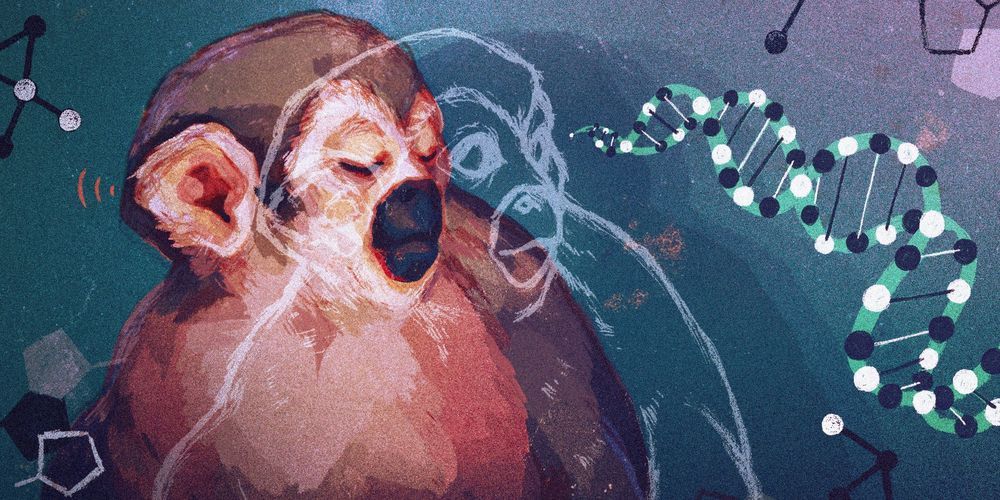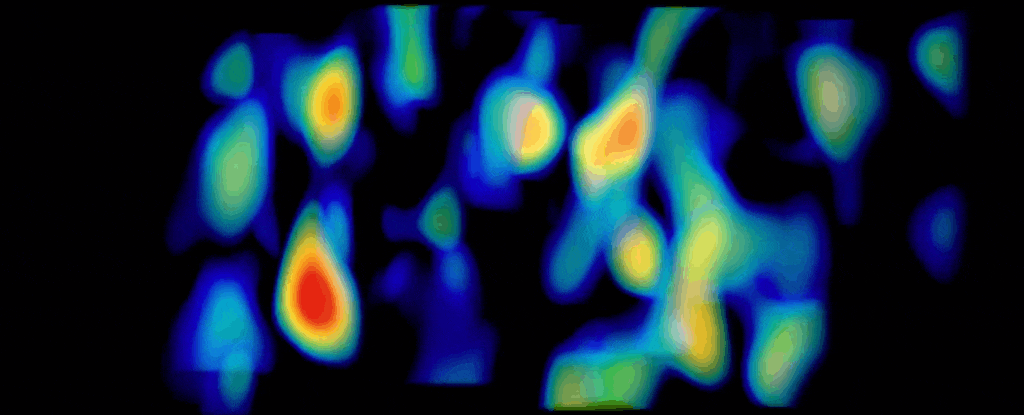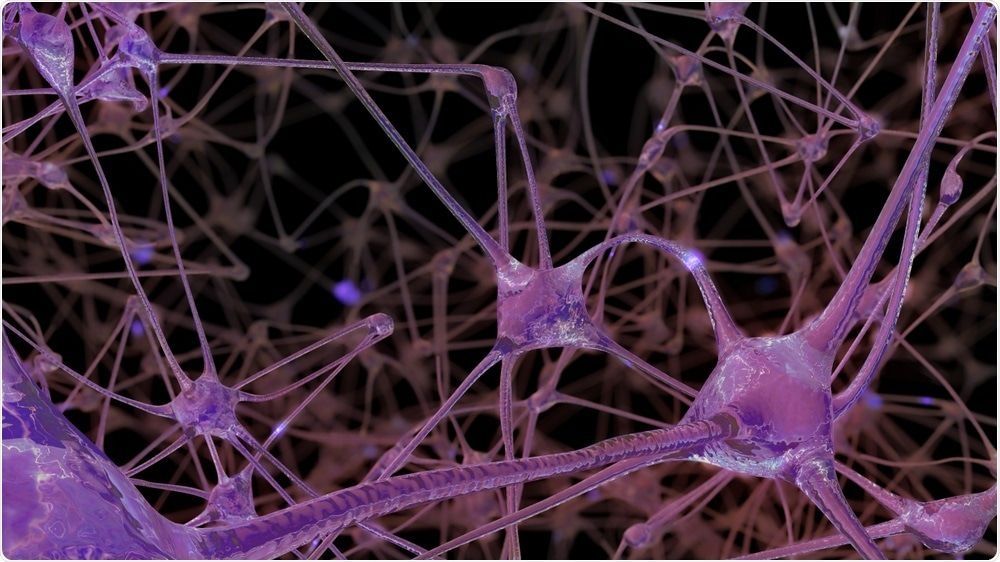Feb 14, 2019
3D Printed Dress from Iris van Herpen Pushes Boundaries of Fashion
Posted by Quinn Sena in categories: 3D printing, education
Too many people believe that art and science exist as polar opposites and have delineated the disciplines as existing in an irreconcilable dichotomy that acts to drive the two types of knowledge apart. This conceptualization of the knowledge cultures is akin to placing two magnets next to each other such that their same poles when aligned repel each other: it foolishly denies the absolute attraction that exists when you simply flip one magnet the other way. Centuries ago, this attraction between art and science was understood as a given. The most easily identifiable product of this was a person such as Leonard da Vinci, whose work didn’t move back and forth between science and art, but rather understood the two as inextricably interwoven.
In the world of 3D printing, there appears to be developing an understanding that the bubbles of art and science are actually simply contorted ways of viewing a larger field of human knowledge. Dutch designer Iris van Herpen likes to play in the field and apply her understanding to the creation of fashion collections. Her pieces are explorations that encourage collaborative efforts because of the breadth of expertise in a wide variety of fields needed to create the pieces she has in mind. For a 2013 collection, she worked with photographer Nick Knight, who had captured images of the way water moved when splashed upon the nude body, in order to turn those images into garments. It became clear to Knight that van Herpen understood the inseparable nature of art and science, as he explained in an interview with the New York Times:
Continue reading “3D Printed Dress from Iris van Herpen Pushes Boundaries of Fashion” »


















